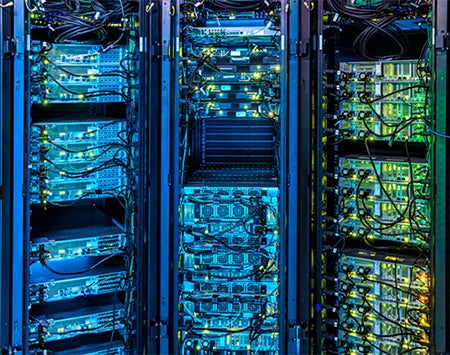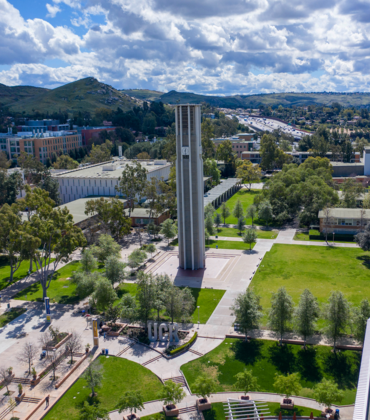
Researchers from the University of California, Riverside, found that health impacts from pollution associated with California’s computer processing data centers tripled from 2019 to 2023 — and could rise by another 72% by 2028 unless mitigation policies are enacted.
The greater health consequences came with a near doubling of electricity consumed by California data centers in the same time period, said a report by UCR computer engineering scholars and produced by the nonpartisan think tank Next 10. Meanwhile, projections show that demand could rise to more than three times 2019 levels by 2028. At the high end, data centers could consume 25.3 terawatt-hours of electricity annually, the equivalent of the annual electricity consumption of 2.4 million average American households.
“California can pioneer a sustainable model for data center growth,” said Shaolei Ren, associate professor in UCR’s Marlan and Rosemary Bourns College of Engineering and co-author of the report. “But it requires continued commitment from California policymakers and regulators to keep lowering power grid emissions and other externalities such as water consumption. The state should also encourage data centers to replace existing diesel backup generators with cleaner, more reliable technology like long-duration battery storage.”
The report recommends several key actions for policymakers and regulators, including phasing out diesel generators in favor of battery storage paired with renewables, improving data transparency, and setting siting and emissions standards that prioritize clean power and minimize health impacts to communities.
The recommendations come as data centers consume increasingly larger portions of the U.S. electricity. Data centers could account for 12% of U.S. electricity demand by 2028, up from 4.4% in 2023, according to estimates from Lawrence Berkeley National Lab.
In 2019, the average carbon emissions for electricity production in California were just under half the national average. Yet even though California’s grid is among the cleanest in the country — thanks to greater reliance on renewable energy sources — the report found that greenhouse gas emissions from data centers are still climbing. This is because of growing data center processing demands and the grid’s continued reliance on plants that burn natural gas, a fossil fuel with significant health impacts.
Another pollution source is the diesel generators used as primary backup for most data centers, and routinely tested. These generators emit nitrogen oxides, which create smog, and fine particulate matter linked to higher rates of respiratory and cardiovascular diseases. Reducing their use under the new EPA guidelines, as the grid is more stressed, would have positive health benefits.
Under the EPA modeling for California’s grid emissions, public health costs associated with electricity generation are projected to decrease by $14.1 million from 2023 to 2028, assuming a low data center growth scenario and the retirement of more natural gas plants — even with a 49.4% increase in data center electricity consumption. This is partly because of the stricter air pollutant emission controls assumed by the EPA’s modeling tool.
Yet if diesel generators produce 10% of the permitted emissions, public health costs associated with on-site emissions will continue to increase. The report notes that the actual health impact may vary depending on how frequently the diesel generators are operated.
The environmental burden doesn’t stop with air pollution.
Data centers also require enormous volumes of fresh water for cooling and electricity generation. From 2019 to 2023, the total evaporated water — including both direct evaporation for cooling and indirect evaporation for electricity generation — used by California data centers increased by more than 96%, reaching 49.9 billion liters, mostly from indirect evaporation. That’s enough water to fill 20,000 Olympic-sized swimming pools.
By 2028, that number could rise to 116 billion liters annually — a concern in a state that regularly faces drought and water shortages.
The authors point out that most data centers in California are co-location facilities, where multiple companies, including major tech firms, run their own servers in shared buildings. But there is still little visibility into the environmental footprint of these data centers despite growing public concern.
“Because so little information is publicly available, we are essentially making estimates in the dark,” said Ren, a faculty member in Bourns’ Department of Electrical and Computer Engineering.
The report’s title is “An Assessment of California Data Centers’ Environmental and Public Health Impacts.” Next 10 is a nonpartisan nonprofit research organization based in San Francisco that works to educate the public and equip policymakers with the research and data they need to implement comprehensive, effective solutions to the most pressing environmental, economic, and quality-of-life issues of the day.






